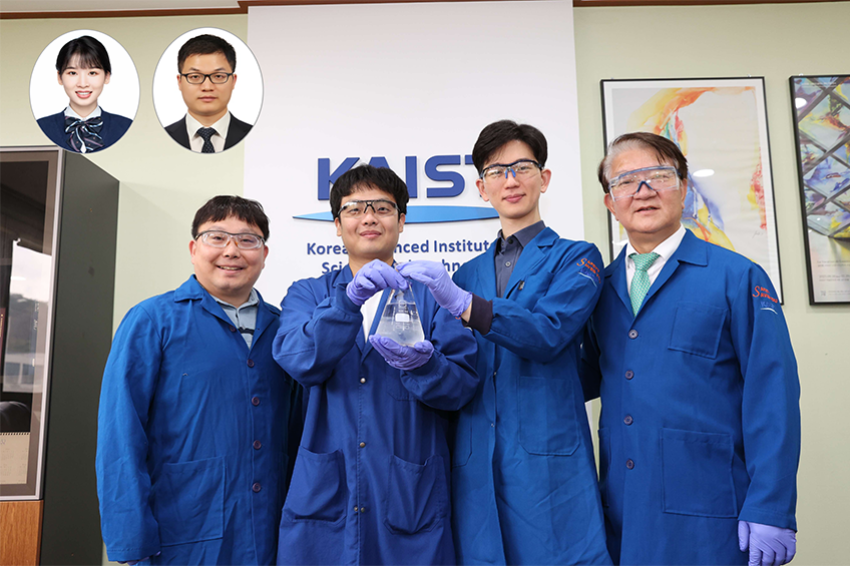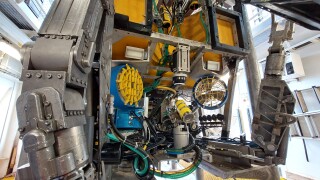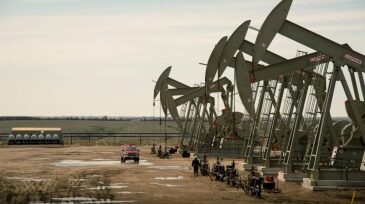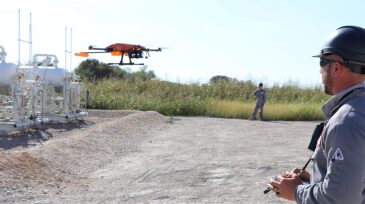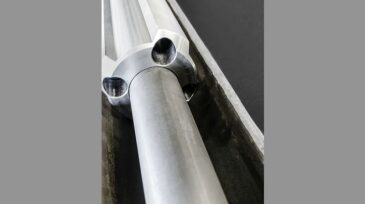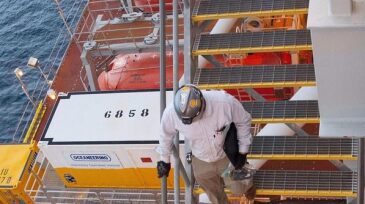Production
Researchers at KAIST developed an integrated chemobiological platform that converts renewable feedstocks like glucose and glycerol into essential aromatic hydrocarbons (BTEX) using engineered E. coli strains and a solvent-integrated catalytic process, offering a sustainable alternative to petroleum-based production.
Russia’s invasion of Ukraine reignited global interest in nuclear power, driving up uranium demand and prices as nations prioritized energy security and low-carbon reliability amid growing supply and geopolitical challenges.
Mircea Calarasu, SPE, takes us offshore to share lessons from a scale squeeze campaign in the North Sea.
-
An oil and gas startup has attracted the business with a major operator thanks to its ability to forecast whether production-enhancing chemicals will work as advertised.
-
Hundreds of rod-lift wells in North Dakota are about to get a big upgrade.
-
Venture groups spend their time evaluating hundreds of companies each year to only make a handful of investments. These two cover interesting ends of the upstream spectrum: aerial drones and downhole artificial lift.
-
Tiny soil samples may contain as many as 300,000 species of microbial life, but a Netherlands-based startup has figured out that between 50 and 200 of them can tell an operator if a drilling location will hold oil and gas reserves.
-
Onshore and offshore production in Texas and the Gulf of Mexico continues to recover to pre-Hurricane Harvey levels as inspections and assessments of damages are done. Operators have not reported major damages resulting in extended shut-ins.
-
Oil and gas production in the Gulf of Mexico have each gone up 10% since yesterday as Harvey continues to weaken and move northeast toward the Ohio Valley. Widespread flooding is expected to continue in Texas and toward the Louisiana border through the weekend.
-
With Over 200 Shale Well Installs, This Slug-Smoothing Lift Technology Is Boosted By Schlumberger JVSlug flow has made the life of an unconventional production engineer a bit complicated, but a new downhole technology may smooth things right out by solving some big artificial lift problems for the shale sector.
-
One of the oldest deepwater platforms in the Gulf of Mexico has become a profit-leader for the oil major during this downturn and is now a model for the company’s other floating assets.
-
Development of a new polymer composite that degrades via hydrolysis in hot water or brine holds potential for use in structural applications for intervention-less downhole tools.
-
Part of what makes DME an intriguing EOR technology is that it is soluble in both water and oil—with a preference for the latter. Shell’s plan is to add DME to the waterflooding stream to reach a concentration of about 16%, the upper limit of its dissolvability.

